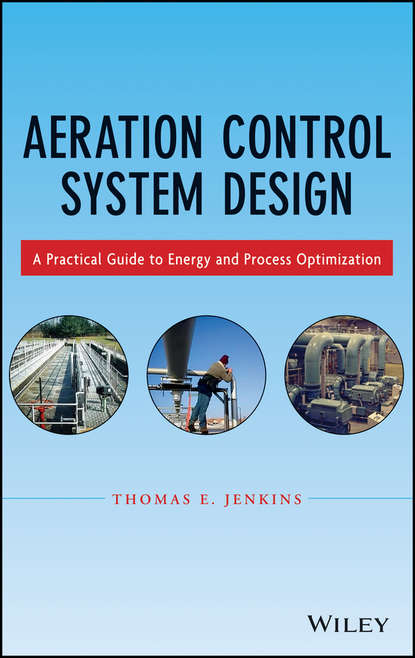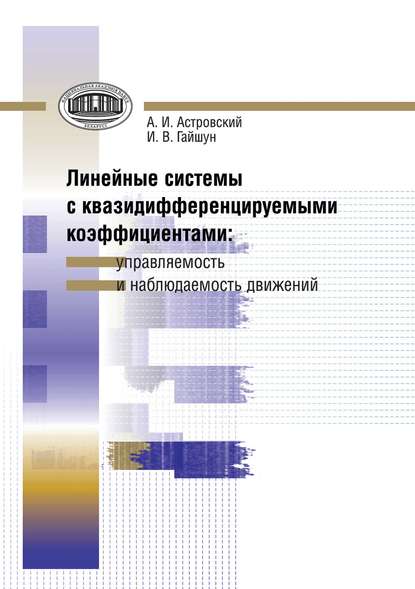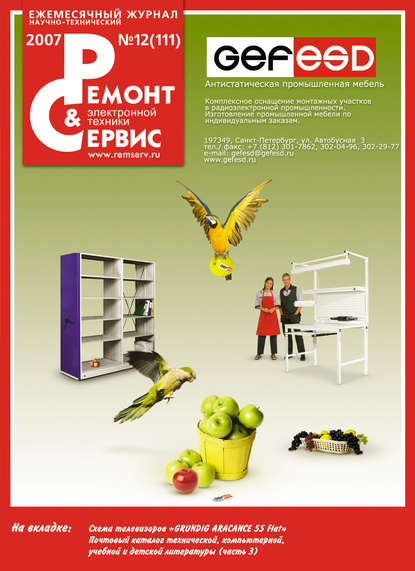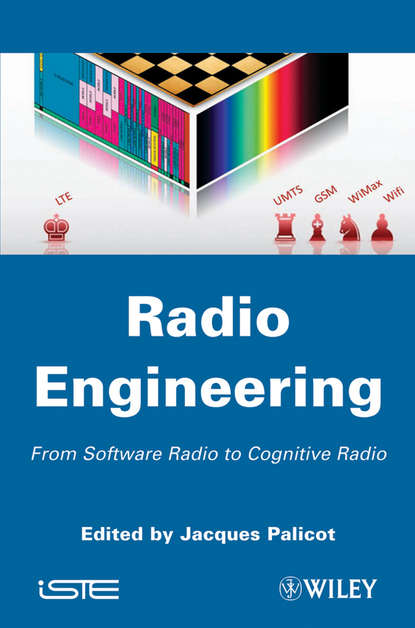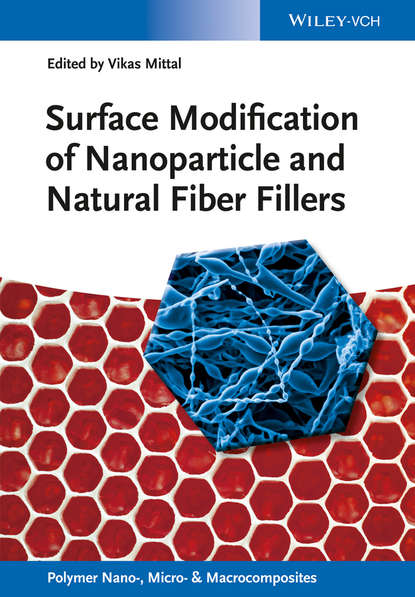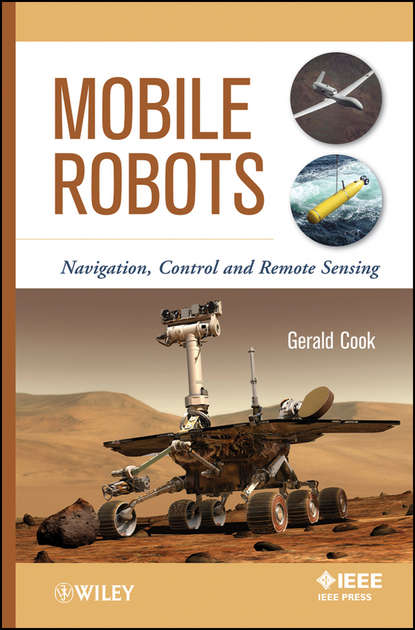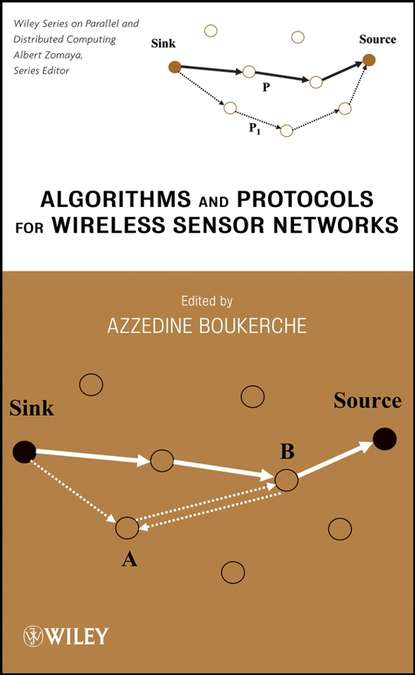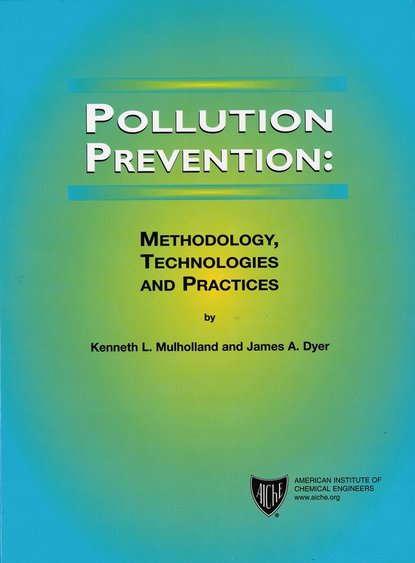Книга "Aeration Control System Design. A Practical Guide to Energy and Process Optimization" представляет собой практическое руководство по анализу, проектированию, внедрению и тестированию автоматических систем управления аэрацией сточных вод и процессов их очистки. Автор книги, Томас Э. Дженкинс, имеет более 30-летний опыт работы в каждой фазе проектирования и внедрения систем управления аэрацией. Он представляет не только самые современные теорию и технологии, но и практические советы и техники, которые могут быть освоены только после многих лет опыта.
Книга объединяет принципы и практики механической, электрической и экологической инженерии, позволяя проанализировать, спроектировать, внедрить и протестировать автоматические системы управления аэрацией сточных вод. Она объединяет все требования процесса, операции механического оборудования, приборов и контроля, тщательно объясняя, как все эти элементы интегрируются в успешные системы управления аэрацией.
В книге также представлены практические инструменты для определения улучшений энергетики и процессов, расчетов окупаемости, вводной настройки системы и многого другого. Всюду в книге на основе опыта на месте приведены примеры проблем, иллюстрирующие, как принципы и техники, обсуждаемые в книге, используются для создания успешных систем управления аэрацией. Кроме того, в книге представлены множество уравнений, графиков, фигур и диаграмм, которые поддержат читателей на каждом этапе проектирования и реализации процесса. В итоге, книга "Aeration Control System Design" делает возможным для студентов и профессионалов инженерного дела создание систем, которые соответствуют всем механическим, электрическим и процессным требованиям для обеспечения эффективной и эффективной работы.
“Aeration Control System Design: A Practical Guide to Energy and Process Optimization” by Thomas Jenkins is a comprehensive guide to designing and implementing successful aeration control systems in wastewater treatment plants.
This book combines principles from mechanical, electrical and environmental engineering to help readers analyze, design and test automatic aeration control systems for wastewater treatment. It covers all aspects of the process, including mechanical equipment operations, instrumentations and controls, as well as practical tools for determining process improvements and payback calculations.
The author, Thomas Jenkins, has over three decades of experience in the field of aeration control system design and implementation, and he shares his practical tips and techniques with readers. This book is an essential resource for anyone interested in optimizing energy and processes in water treatment plants, and it provides a comprehensive understanding of aeration control system designs.
Электронная Книга «Aeration Control System Design. A Practical Guide to Energy and Process Optimization» написана автором Thomas Jenkins E. в году.
Минимальный возраст читателя: 0
Язык: Английский
ISBN: 9781118777633
Описание книги от Thomas Jenkins E.
Learn how to design and implement successful aeration control systems Combining principles and practices from mechanical, electrical, and environmental engineering, this book enables you to analyze, design, implement, and test automatic wastewater aeration control systems and processes. It brings together all the process requirements, mechanical equipment operations, instrumentation and controls, carefully explaining how all of these elements are integrated into successful aeration control systems. Moreover, Aeration Control System Design features a host of practical, state-of-the-technology tools for determining energy and process improvements, payback calculations, system commissioning, and more. Author Thomas E. Jenkins has three decades of hands-on experience in every phase of aeration control systems design and implementation. He presents not only the most current theory and technology, but also practical tips and techniques that can only be gained by many years of experience. Inside the book, readers will find: Full integration of process, mechanical, and electrical engineering considerations Alternate control strategies and algorithms that provide better performance than conventional proportional-integral-derivative control Practical considerations and analytical techniques for system evaluation and design New feedforward control technologies and advanced process monitoring systems Throughout the book, example problems based on field experience illustrate how the principles and techniques discussed in the book are used to create successful aeration control systems. Moreover, there are plenty of equations, charts, figures, and diagrams to support readers at every stage of the design and implementation process. In summary, Aeration Control System Design makes it possible for engineering students and professionals to design systems that meet all mechanical, electrical, and process requirements in order to ensure effective and efficient operations.
